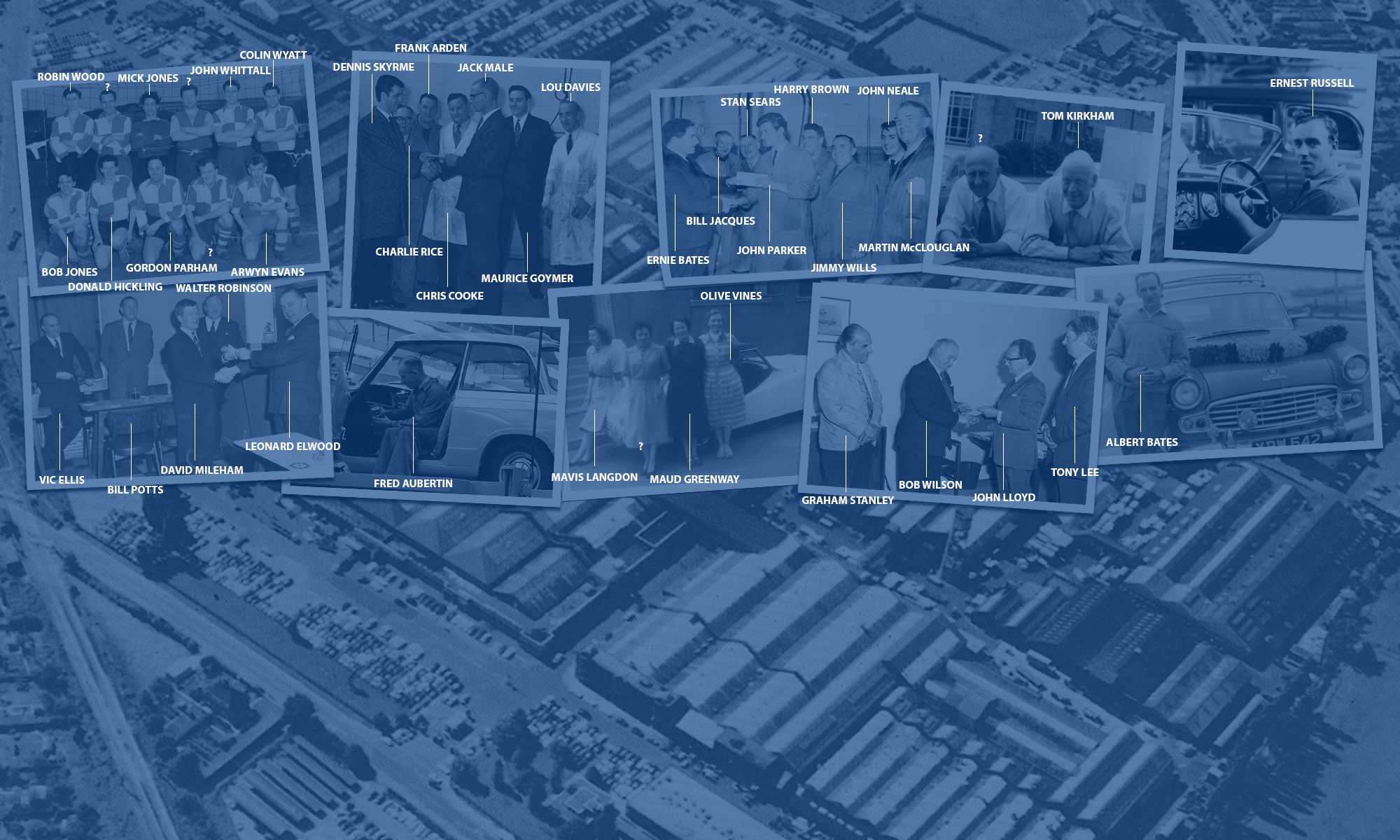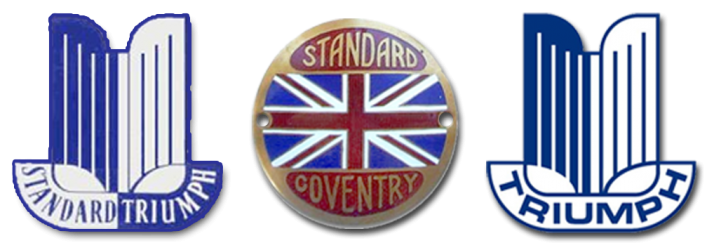Four key staff members from 1957, photographed at the 1957 Earls Court Motor Show. Continue reading “Standard Distributors’ Club in Earls Court”
Standard Motor Co. 1929
Fabulous film footage from 1929. Continue reading “Standard Motor Co. 1929”
John Watt – Assistant to Special Products Sales Manager
John Watt , assistant to Special Products Sales Manager, was married at Berkswell. Continue reading “John Watt – Assistant to Special Products Sales Manager”
Reverend Denis Claringbull
Continue reading “Reverend Denis Claringbull”
Forward Radiator Retirements
Mr. F. Redfern (centre), assistant General Works Manager at Forward Radiator, thanked employees for their long service and wished them well in retirement, at a recent get-together at Triumph’s Birmingham factory. Continue reading “Forward Radiator Retirements”
Marilyn Arms – Typist, Supplies Division
Marilyn Arms worked as a typist for 10 years in Supplies Division and Sales Conversion, Canley, before receiving nursery gifts. Continue reading “Marilyn Arms – Typist, Supplies Division”

